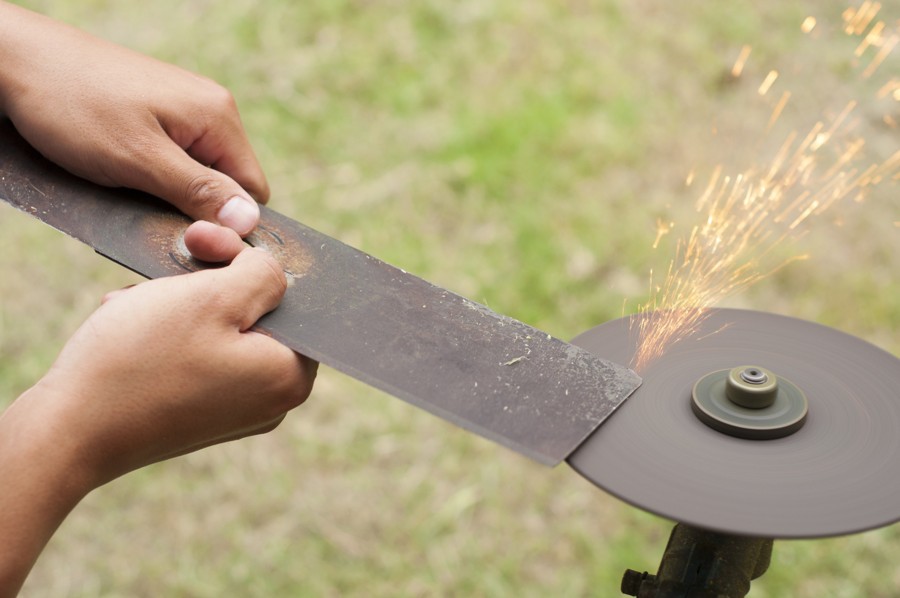Steel 440C
Stainless steel referred to by modern engineers as "440C" is stainless steel with a high carbon content (approximately the same as in 12C27 type steel), yet it is still air-hardenable. Its austenitic ratio reaches values of 13.5% for chromium and 0.56% for carbon (considered at a temperature of 1100°C).

This is the main reason why its hardness and corrosion resistance are the same as in 12C27 type. And since we mentioned 12C27 steel, the 440C type has lower edge stability compared to it, higher resistance to overall wear, all thanks to the higher proportion of undissolved carbides. Creators of sharp objects love it for how it maintains resistance in pressure cutting. It is also positively commented on by a specialist in these matters, Dr. Verhoven (author of a book on steels intended for knife production). And of course, company Buck confirms this information in some of their knives with the performed Carta test (sometimes with slight dulling).
All in all, 440C steel can, with quality heat treatment, achieve the best wear resistance, strength, and hardness among all alloy steels. And we even have a specific practical example: an inch-thick hemp rope was cut more than three thousand times without the need to sharpen the knife. However, this was achieved after the so-called dendritic hardening of steel, where the mentioned steel also has a high carbide content, which increases toughness and increases brittleness, so naturally, this is not entirely the best for normal conditions, and therefore carbides with finer dispersion are more commonly used in its hardening today.
Simply put, 440C steel is primarily another enhancement of the properties of the 440B steel series (which is already immensely high-quality) – 440C, however, contains an even higher proportion of carbides and greater hardness, leading to better abrasion resistance, but it can also cause steel chipping (especially during actions like chopping wood). Therefore, the durability of the edge seems less. Overall, it can be evaluated as such that 440C steel is considered an improved 12C27, sharing most of it, except for the aforementioned unfortunate edge persistence. Its properties are also close to other steels – for instance, 154CM. In their case too, further hardening can logically drastically increase their cutting abilities at the expense of brittleness (undissolved carbides present in the structure of its alloy), yet these are not particularly sought-after parameters in the modern knife industry...




























































































































